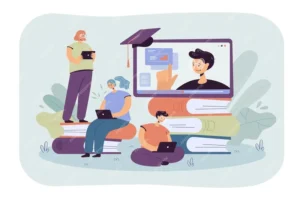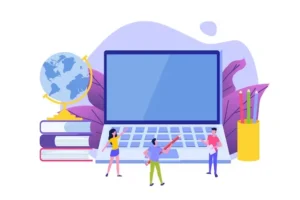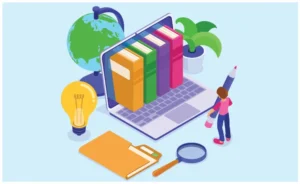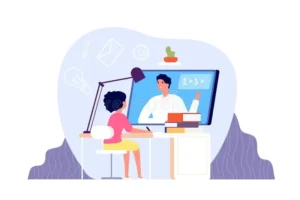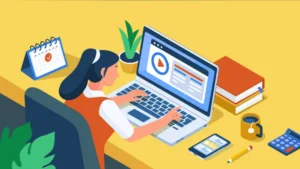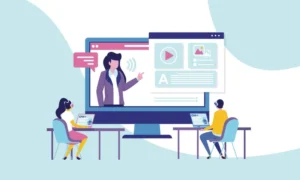Overcoming Challenges: Students with Disabilities in Online Learning Environments
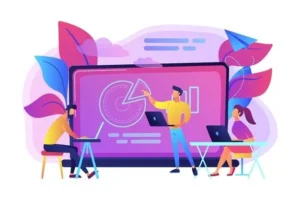
The rapid growth of online education has transformed the way students access knowledge and learn. However, despite its many advantages, online learning presents specific challenges for students with disabilities. In this article, we will explore the common challenges that these students face in online learning environments and discuss strategies and solutions to address these issues.
Contents
Accessibility Barriers
One of the most significant challenges for students with disabilities is the lack of accessibility in online course materials and platforms. Many online resources, including websites, videos, and documents, are not designed with accessibility in mind. This can create barriers for students who rely on screen readers, alternative text, or other assistive technologies.
Solution: To address accessibility barriers, educational institutions must adopt inclusive design principles. This includes following accessibility guidelines such as the Web Content Accessibility Guidelines (WCAG) to ensure that all online content is perceivable, operable, and understandable for every student.
Lack of Personalized Accommodations
Online courses often struggle to provide personalized accommodations for students with disabilities. Unlike traditional classrooms, where accommodations may be more readily available, online learning can lack the necessary flexibility to cater to individual needs.
Solution: Institutions should develop a clear and proactive process for students to request accommodations. Faculty should be trained to understand how to implement these accommodations effectively, which may include extended time for assignments, alternative formats for course materials, or adaptive technology.
Technological Barriers
While technology can be an enabler for many students, it can also create barriers for those with disabilities. Students who use assistive technology may encounter compatibility issues, non-standard interfaces, or difficulty navigating complex learning management systems (LMS).
Solution: Institutions should choose accessible learning technologies and ensure that the tools and platforms used in online courses are compatible with assistive technologies. Training for students and instructors on using accessible software and hardware is essential.
Social Isolation
Online learning can lead to social isolation for students with disabilities. They may miss the personal interaction and support that traditional classroom settings offer, leading to feelings of isolation and loneliness.
Solution: Incorporating discussion boards, video conferencing, and group projects into online courses can help create a sense of community and interaction. These strategies can help mitigate the feelings of isolation and provide opportunities for students to collaborate and connect.
Time Management Challenges
Online learning often requires a high degree of self-motivation and time management skills. Students with disabilities may face additional challenges in managing their time effectively, especially when they require extra time for assignments or accommodations.
Solution: Faculty can support students by providing clear schedules and deadlines, breaking assignments into smaller, manageable tasks, and offering time management tips. Students should also be encouraged to communicate their needs and seek help when necessary.
Limited Accessibility of STEM Subjects
Science, technology, engineering, and mathematics (STEM) subjects can be particularly challenging for students with disabilities due to the complex nature of the content and the lack of accessible learning resources.
Solution: Institutions should focus on providing accessible materials and resources for STEM courses. Faculty members can collaborate with disability services to identify accessible alternatives to traditional lab work or visual content.
Access to Support Services
In a traditional classroom, students with disabilities can easily access support services such as tutoring, counseling, or physical accommodations. In an online setting, these services may not be readily available.
Solution: Online institutions should invest in virtual support services and ensure that students with disabilities have access to the assistance they need. Online tutoring, counseling, and guidance should be provided in an accessible format.
Stigma and Discrimination
Some students with disabilities may face stigma and discrimination from peers or instructors in online learning environments. Stereotypes and misconceptions can create additional challenges for these students.
Solution: Online instructors and institutions should promote awareness, diversity, and inclusion. They should actively address any incidents of discrimination and work to create a welcoming, inclusive environment for all students.
Conclusion
Online learning offers significant opportunities for students with disabilities, allowing them to access education in flexible ways. However, it also poses unique challenges that educational institutions and instructors must address. By proactively addressing accessibility, personalization, and social interaction, these challenges can be mitigated, ensuring that students with disabilities can thrive in online learning environments. It is essential to recognize and accommodate the diverse needs of all learners to create truly inclusive online education.




